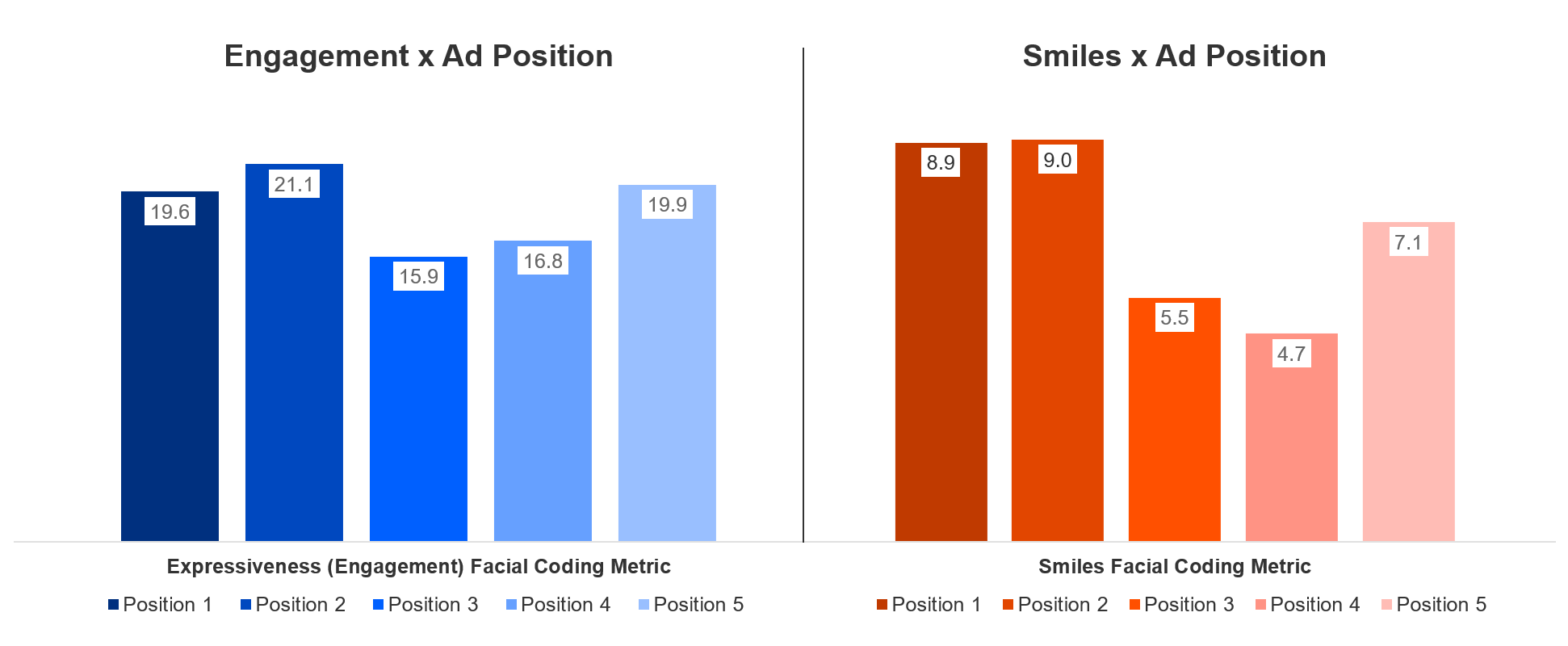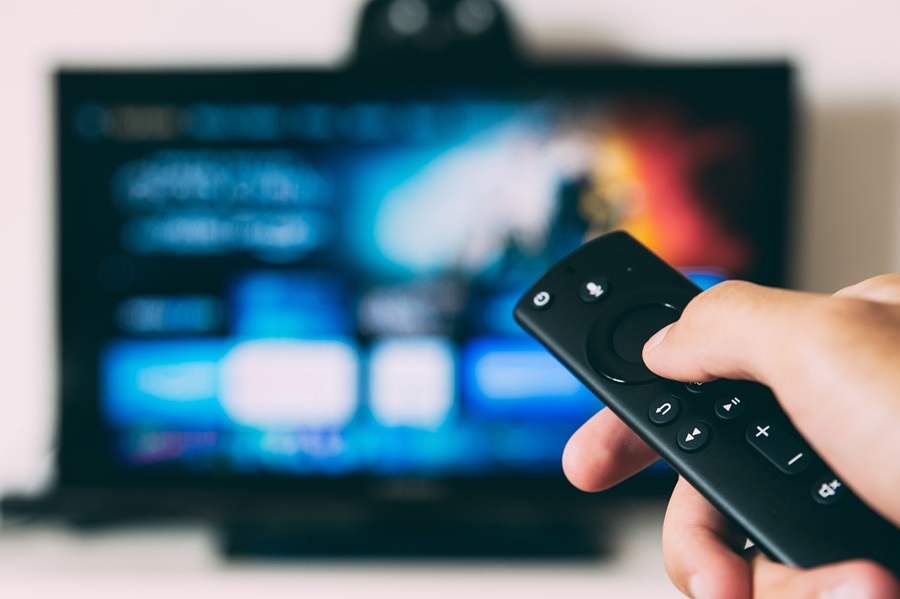As streaming becomes more popular, streaming platforms are trying to understand if limited commercials on their platforms engage viewers more, compared to the standard way of showing commercials in a traditional—highly cluttered—TV viewing experience. These platforms are very motivated to understanding the most effective contexts for advertising to help brands achieve their goals, get noticed and build their brand.
Kantar recently engaged with a major streaming platform to help them answer some fundamental questions about how consumers respond to ad clutter and the ad format scenarios that drive the greatest impact, using the Context Lab platform in conjunction with Kantar neuroscience’s facial coding methodology.
Context Lab is a virtual environment which allows an audience to view ads in the context of the platform in which they would run. With the addition of facial coding technology, we can understand whether an audience is more attentive and engaged moment-by-moment across multiple ad experiences. For this study, Kantar used facial coding to measure engagement across several key metrics:
- Expressiveness: The more a respondent’s face reacts to the advertising, the more engaged they are. This is reflected in the expressiveness measure – an overall measure of emotional engagement.
- Valence: The net positivity of the emotional response is derived from the level and frequency of positive versus negative facial responses.
- Smile: an indication of whether people enjoyed the ad.
- Brow Furrow: an indication of concentration, focus or possible confusion.
For this study, we showed consumers 15-second test ads for a CPG product in three different ad environment scenarios:
- Standard Ads: Test ads are shown in the fourth position (of five) in the first ad pod
- Prime Pod: Test ads are shown alone in the first ad pod
- Limited Commercial: Primed respondents with a voiceover and lead-in card at episode start, alerting them to “limited commercial interruption,” then showing test ads alone in the first ad pod
Ad Priming: something to look forward to
Based on the facial coding measures, Kantar found that the limited commercial scenario where the audience was primed about the ad had the highest expressiveness, valence and smiles – indicating that when people are primed about the interruption, they respond favorably towards the ad. In fact, the engagement levels for the ad were even higher than the overall program engagement.
The standard ad and the prime pod formats had similar engagement levels for the test ads relative to the content, but fewer smiles. In the prime pod format, the level of focus (brow furrow) was higher in the prime pod compared to the standard ad, indicating viewers were more focused when there were fewer interruptions.

Ad pod positioning
When testing the standard ad scenario, expressiveness, valence and smiles were higher for the first two ads, then progressively declined by the time the fourth ad was viewed before picking up again in the fifth ad. The engagement levels of the first two ads were higher than the program engagement, underscoring the role of ad placement and tonality. In the standard TV ad scenario, it appears as if the first two ads served as a welcome “break,” but more than two ads led to people losing interest.

Behavioral outcomes
In terms of behavioral outcomes, we saw a similar pattern: Brands featured in the limited commercial interruption (LCI) scenarios were remembered at a significantly greater rate (based on unaided, aided, CTV recall and message association measures). Top-of-mind awareness doubled when respondents saw the ad within the LCI scenario. The standard ad and prime pod performed at similar levels on these same measures. However, the prime pod was directionally more recalled and led to significantly greater purchase intent versus the standard ad. This is likely due to an increase in brow furrow during the prime pod that activates the rational part of the brain (Kahneman et. al) and may have caused an increase in memorability.

Conclusions
This study demonstrated how engagement levels, measured moment-by-moment, can help explain advertising consumption behavior and point to ways of optimizing advertising effectiveness, impact and client value for both streaming and linear video providers. The results clearly show the benefits of priming viewers about possible interruptions and keeping interruption and ad clutter at a minimum to drive the maximum advertiser benefit from heightened viewer attention.


